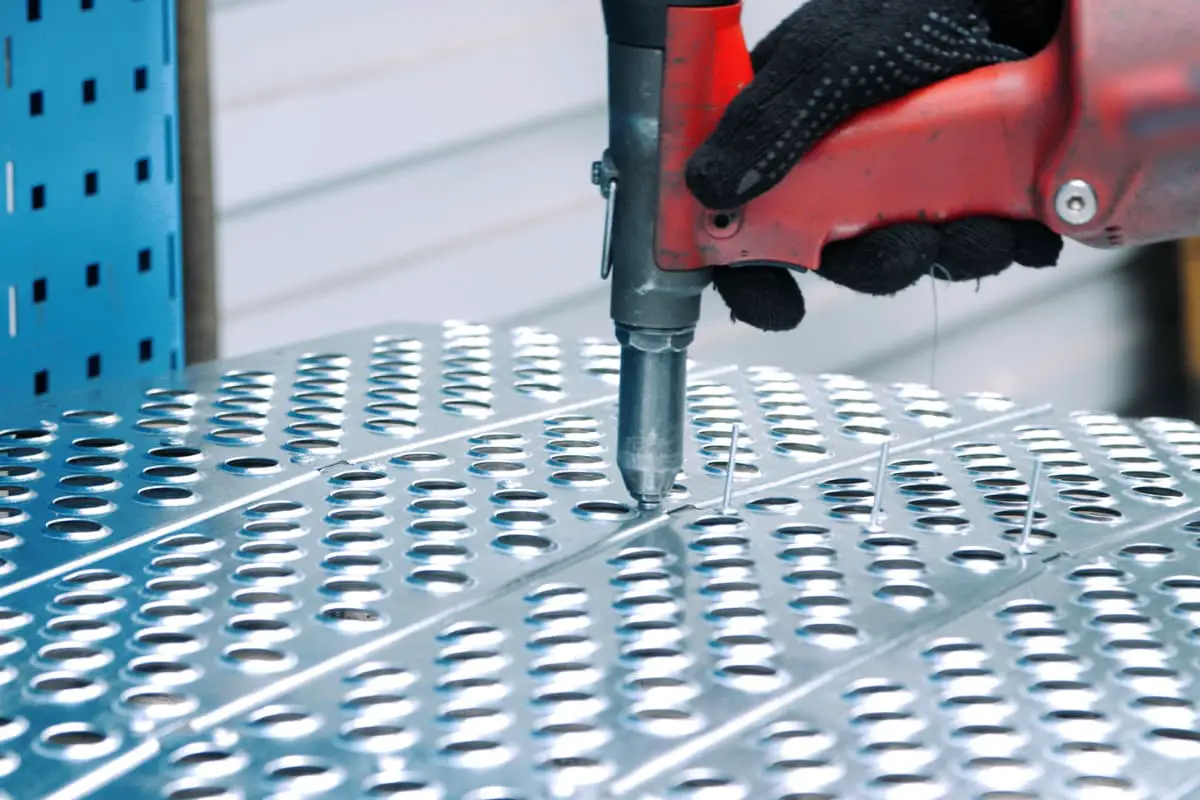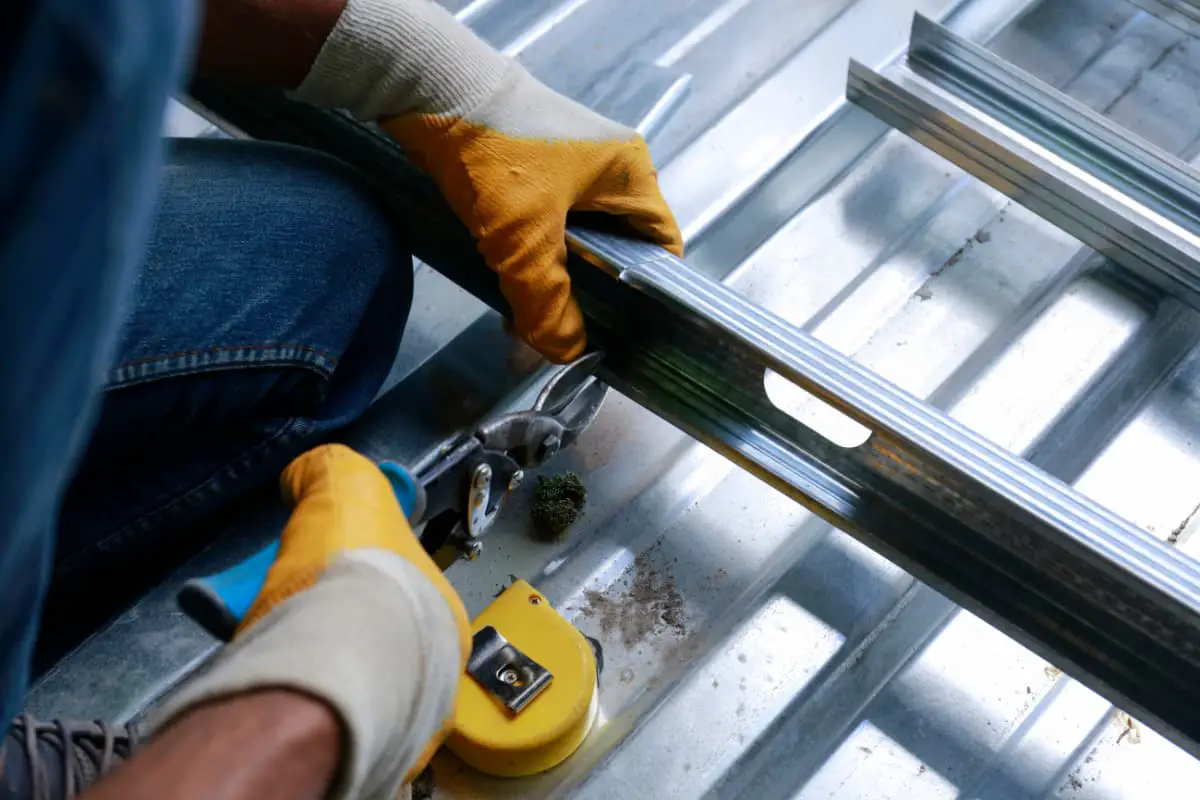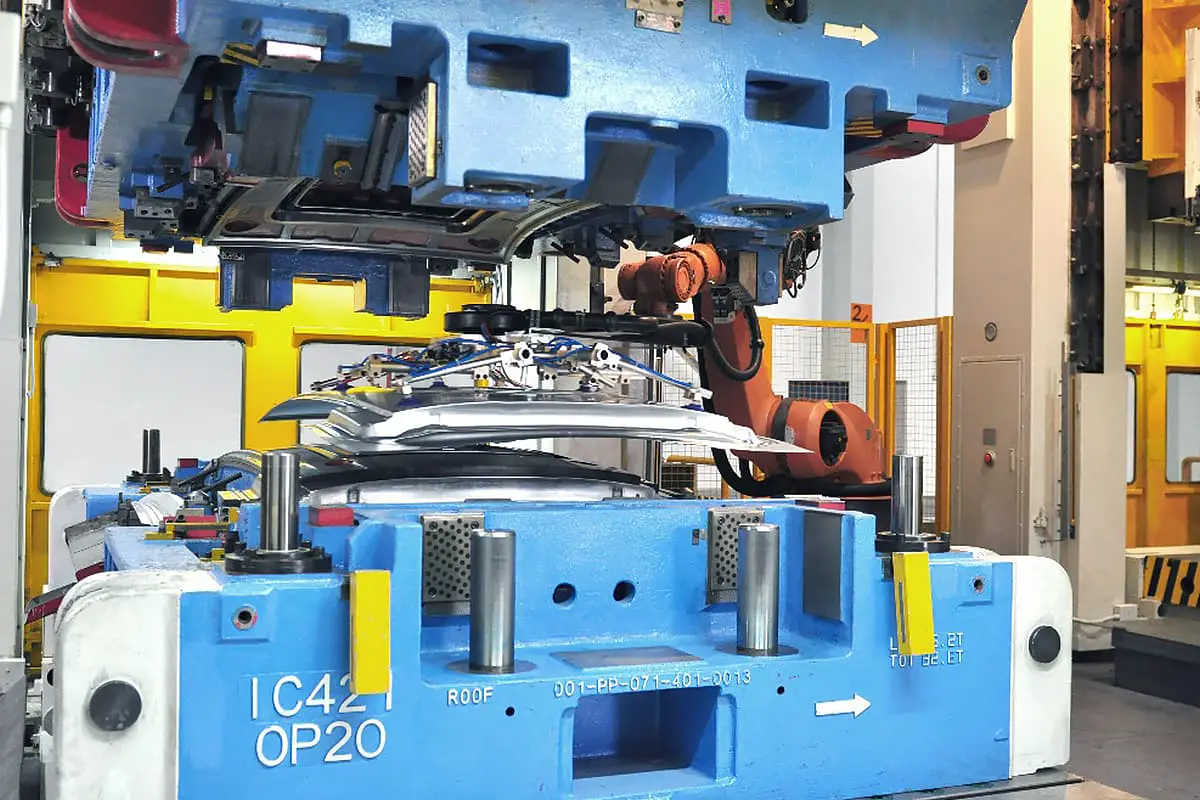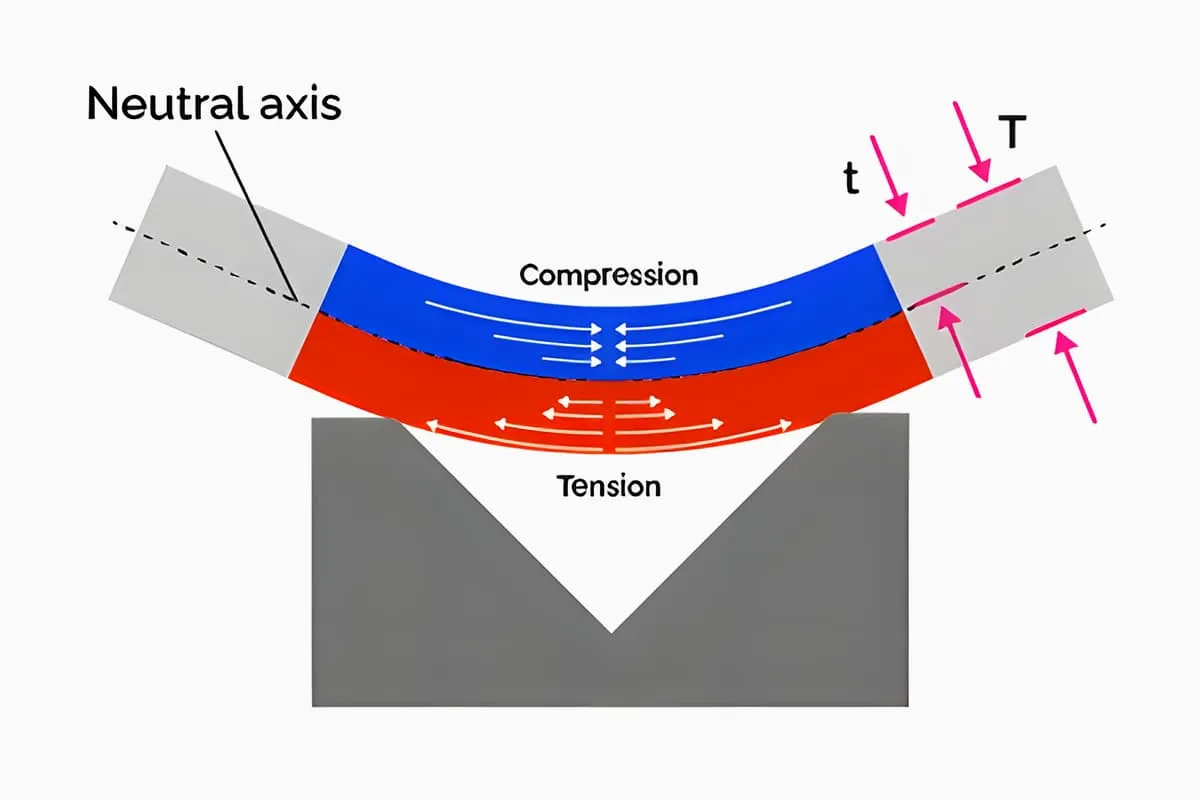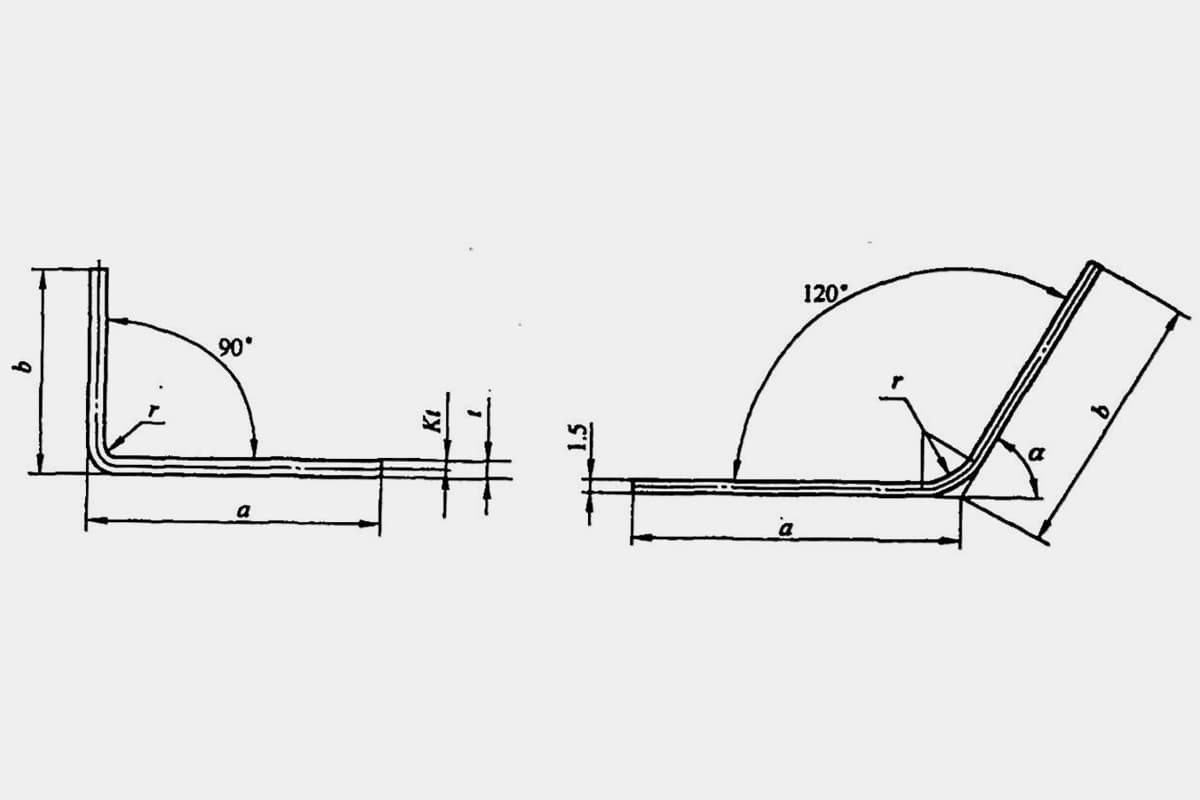
The calculation method for the theoretical weight G of metal materials is: the cross-sectional area A multiplied by the length L, and then multiplied by the density ρ of the material. The formula is
G=ALρ/1000
In the formula
- G – The theoretical weight of metal materials (kg);
- A – The cross-sectional area of metal materials (mm2), Table 1 provides the calculation formulas for various steel cross-sectional areas;
- L – The length of metal materials (m);
- ρ – The density of metal materials (g/cm3), Table 2 provides the densities of commonly used metal materials.
Table 1 Calculation formulas for steel cross-sectional areas
| Steel Name | Calculation formulas for cross-sectional areas | Code Description |
| Square Steel | A=a2 | a—Side Width |
| Corner Square Steel | A=a2-0.8584r2 | a—Side Width; r—Corner Radius |
| Steel Plate, Flat Steel, Strip Steel | A=at | a—Side Width; t—Thickness |
| Corner Flat Steel | A=at-0.8584r2 | a—Side Width; t—Thickness; r—Corner Radius |
| Round Steel, Round Bar, Steel Wire | A=0.8584d2 | d—Outer Diameter |
| Hexagonal Steel | A=0.866s2=2.598a2 | s—Distance Between Opposite Sides; a—Side Width |
| Octagonal Steel | A=0.8284s2=4.8284a2 | |
| Steel Pipe | A=3.1416δ(D-δ) | D—Outer Diameter; δ—Wall Thickness |
| Equilateral Angle Steel | A=d(2b-d)+0.2146(r2-2r12) | d—Edge Thickness; b—Edge Width; r—Inner Corner Radius; r1—End Edge Radius |
| Unequal Angle Steel | A=d(B+b-d)+0.2146(r2-2r12) | d—Edge Thickness; b—Short Edge Width; B—Long Edge Width; r—Inner Corner Radius; r1—End Edge Radius |
| I-Beam | A=hd+2δ(b-d)+0.8584(r2-r12) | h—Height; b—Leg Width; d—Waist Thickness; δ—Average Leg Thickness; r—Inner Corner Radius; r1—End Edge Radius |
| Channel Steel | A=hd+2δ(b-d)+0.4292(r2-r12) |
Table 2 Densities of Common Metal Materials
| Material Name | Density/(g/cm3) |
| Carbon Steel | 7.85 |
| Cast Steel | 7.80 |
| Gray Cast Iron | 6.80~7.20 |
| Ductile Iron | 7.20~7.40 |
| Hard Alloy (Tungsten) | 13.90~14.90 |
| High-Speed Steel | 8.30~8.70 |
| Pure Copper | 8.90 |
| Brass | 8.40~8.85 |
| Tin Bronze | 8.70~8.90 |
| Wuxi Bronze | 7.50~8.20 |
| Industrial Aluminum | 2.70 |
| Magnesium Alloy | 0.74~1.81 |
| Silicon Steel Sheet | 7.55~7.80 |
| Tin-Based Bearing Alloy | 7.34~7.75 |
| Lead-Based Bearing Alloy | 9.33~10.67 |
Among cold-worked products, the most widely used and largest quantity material is steel plate. When calculating the weight of steel plates, since ρ is 7.85 g/cm3
, substituting the area A of the steel plate into the above formula, we can obtain the calculation formula for the weight G of the steel plate:
G=7.85At
In the formula
- G – The theoretical weight of the steel plate (kg);
- A – The area of the steel plate (m2);
- t – The thickness of the steel plate (mm).


